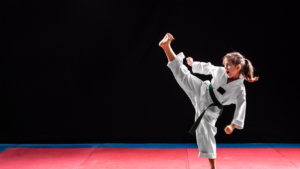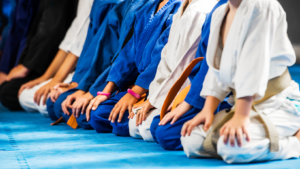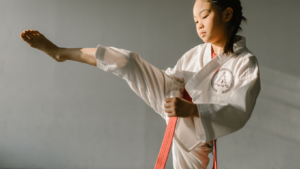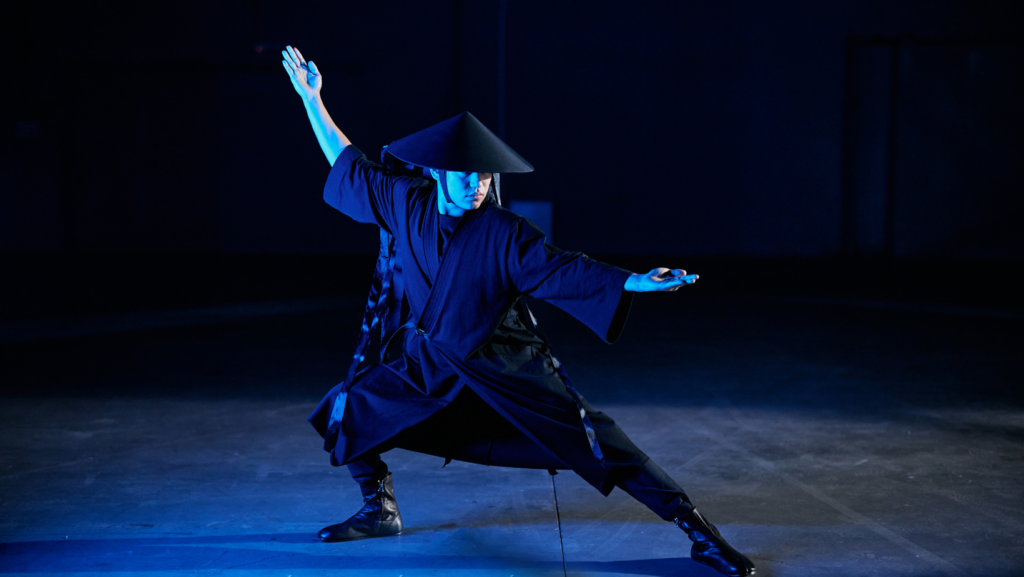Japanese martial arts, steeped in centuries of tradition, offer more than just physical prowess. They embody a rich cultural heritage that blends discipline, philosophy, and spirituality. From the graceful movements of Aikido to the precise strikes of Karate, these arts have captivated enthusiasts worldwide, drawing them into a world where mind and body unite.
In Japan, martial arts are not merely sports but a way of life that instills values like respect, perseverance, and harmony. Each discipline, whether it’s Judo’s grappling techniques or Kendo’s swordsmanship, offers unique insights into the Japanese way of thinking. These arts have evolved over time, adapting to modern needs while preserving their ancient roots.
Japanese Martial Arts

Japanese martial arts date back to the feudal era, emerging as combat techniques for samurai warriors. Initially, these arts focused on battlefield applications, such as swordsmanship and archery, essential for survival. Over centuries, the Edo period brought peace, reducing the need for battlefield prowess and shifting focus to self-discipline and personal development.
During the 19th century, modernization reshaped these martial practices. The Meiji era introduced Western military techniques, influencing martial arts training. This period saw the establishment of dojos, where practitioners could refine their skills in structured environments. Then, in the early 20th century, martial arts like Judo and Kendo gained prominence as sports and educational pursuits, integrating into school curriculums.
Popular Japanese Martial Arts
Japanese martial arts offer a unique blend of tradition, discipline, and philosophical insights. Each art form provides distinct techniques and values, attracting practitioners worldwide.
Karate
Karate, emphasizing striking techniques, uses punches, kicks, knee strikes, and open-hand methods for self-defense. Originating from Okinawa, karate has evolved into various styles, including Shotokan, Goju-Ryu, and Shito-Ryu. These styles prioritize physical conditioning and mental focus, promoting a holistic approach to both competition and personal development.
Judo

Judo focuses on throws and groundwork, aiming to use the opponent’s force against them. Founded in the late 19th century by Jigoro Kano, judo simplifies traditional jujutsu techniques, emphasizing efficiency. It’s an Olympic sport, known for building strength, flexibility, and strategic thinking through grappling.
Aikido
Aikido centers on redirecting an opponent’s energy, emphasizing harmony and non-aggression. Developed by Morihei Ueshiba, aikido blends martial techniques with spiritual beliefs, aiming for peaceful resolution of conflicts. Practitioners learn joint locks and throwing techniques, fostering balance and coordination.
Kendo
Kendo, the way of the sword, evolved from traditional samurai swordsmanship. This art uses bamboo swords (shinai) and protective armor, focusing on discipline and precision. Kendo practices teach strikes and thrusts, celebrating the spiritual aspect of combat and encouraging mental resilience and respect.
Cultural Significance
Japanese martial arts hold a deeply entwined cultural significance, reflecting the discipline and philosophical ideals of Japanese society. They embody a rich heritage that surpasses mere physical training and includes the development of moral character. Arts like Karate and Judo incorporate the principles of respect and perseverance, serving as conduits for personal growth.
Practitioners respect these arts not only for combat proficiency but also for their role in spiritual and mental refinement. The dojo, more than a training venue, represents a sacred space where students learn life lessons through kata and other forms. Traditions steeped in ritual reinforce a connection to historical values, fostering a sense of belonging.
The cultural influence extends beyond Japan, as martial arts participate in cultural diplomacy and exchange. Global practitioners appreciate these arts for embodying traditional Japanese virtues and promoting mutual respect and understanding among diverse cultures.
Modern Day Influence

Japanese martial arts have significantly impacted modern society, influencing diverse fields such as entertainment, fitness, and professional development. In the entertainment industry, these arts inspire choreography in action films and television series, where realistic and captivating fight sequences captivate audiences. Popular franchises like “The Karate Kid” and “The Last Samurai” demonstrate the enduring appeal of martial arts concepts.
In fitness, many incorporate Japanese martial arts techniques to enhance strength, flexibility, and mental discipline. Martial arts-inspired workouts, such as cardio kickboxing, have gained popularity in gyms worldwide, offering benefits like improved cardiovascular health and stress reduction.



